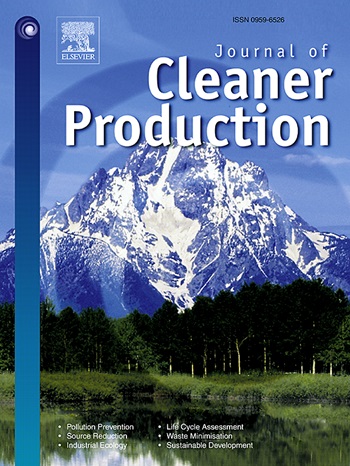Decision-making in structural type selection at the early design stage in terms of carbon emissions and cost – Insights from case studies of port mooring facilities
IF 10
1区 环境科学与生态学
Q1 ENGINEERING, ENVIRONMENTAL
引用次数: 0
Abstract
To decarbonize the construction sector, it is essential to consider carbon emissions from the early design stage. Moreover, it is crucial to optimize design solutions by including the implementation of low-carbon materials and clean energy.
This study aimed to clarify the relationship between embodied greenhouse gas (GHG) emissions and construction costs in decision-making at the early design stage and the effect of implementing low-carbon materials and clean energy on decision-making. Three case studies on port mooring facilities were conducted, focusing on the structural type selection in design. Considering the current supply chain, the results showed roughly positive correlations between embodied GHG emissions and construction costs in the structural type selection; 0.4–1.2 kg-CO2eq was reduced per 1 United States dollar. Therefore, decision-making to reduce GHG emissions was also effective in reducing costs. However, low-carbon materials and clean energy could alter the optimal structural type for embodied GHG emissions and construction costs, leading to discrepancies in the optimal structural type among each perspective. In one case, the optimal structural type regarding GHG emission was the RC caisson-type quaywall in the current supply chain; however, the RC wharf became optimal when low-carbon steel products with GHG emission intensity reduced by more than 21% compared to the current were used. These findings highlighted that the application of low-carbon materials and clean energy should be considered from the early design stage toward achieving the best design solutions. Additionally, the growing need to weigh the value of GHG emissions and costs was suggested.
基于碳排放和成本的早期设计阶段结构类型选择决策——来自港口系泊设施案例研究的见解
为了使建筑行业脱碳,从早期设计阶段就考虑碳排放至关重要。此外,通过实施低碳材料和清洁能源来优化设计解决方案至关重要。本研究旨在阐明设计前期决策中隐含温室气体(GHG)排放与建设成本的关系,以及实施低碳材料和清洁能源对决策的影响。通过对港口系泊设施的三个实例分析,重点讨论了设计中的结构选型问题。考虑到目前的供应链,结果表明,在结构类型选择中,隐含温室气体排放量与建筑成本之间存在大致的正相关关系;每1美元可减少0.4-1.2千克二氧化碳当量。因此,减少温室气体排放的决策在降低成本方面也是有效的。然而,低碳材料和清洁能源可能改变隐含温室气体排放和建设成本的最优结构类型,导致各视角的最优结构类型存在差异。其中一种情况下,在当前供应链中,考虑温室气体排放的最优结构类型是RC沉箱型码头墙;然而,当使用温室气体排放强度比目前降低21%以上的低碳钢产品时,RC码头是最优的。这些发现强调,低碳材料和清洁能源的应用应该从早期设计阶段就考虑到实现最佳设计解决方案。此外,还提出越来越需要权衡温室气体排放的价值和成本。
本文章由计算机程序翻译,如有差异,请以英文原文为准。
求助全文
约1分钟内获得全文
求助全文
来源期刊

Journal of Cleaner Production
环境科学-工程:环境
CiteScore
20.40
自引率
9.00%
发文量
4720
审稿时长
111 days
期刊介绍:
The Journal of Cleaner Production is an international, transdisciplinary journal that addresses and discusses theoretical and practical Cleaner Production, Environmental, and Sustainability issues. It aims to help societies become more sustainable by focusing on the concept of 'Cleaner Production', which aims at preventing waste production and increasing efficiencies in energy, water, resources, and human capital use. The journal serves as a platform for corporations, governments, education institutions, regions, and societies to engage in discussions and research related to Cleaner Production, environmental, and sustainability practices.
 求助内容:
求助内容: 应助结果提醒方式:
应助结果提醒方式:


